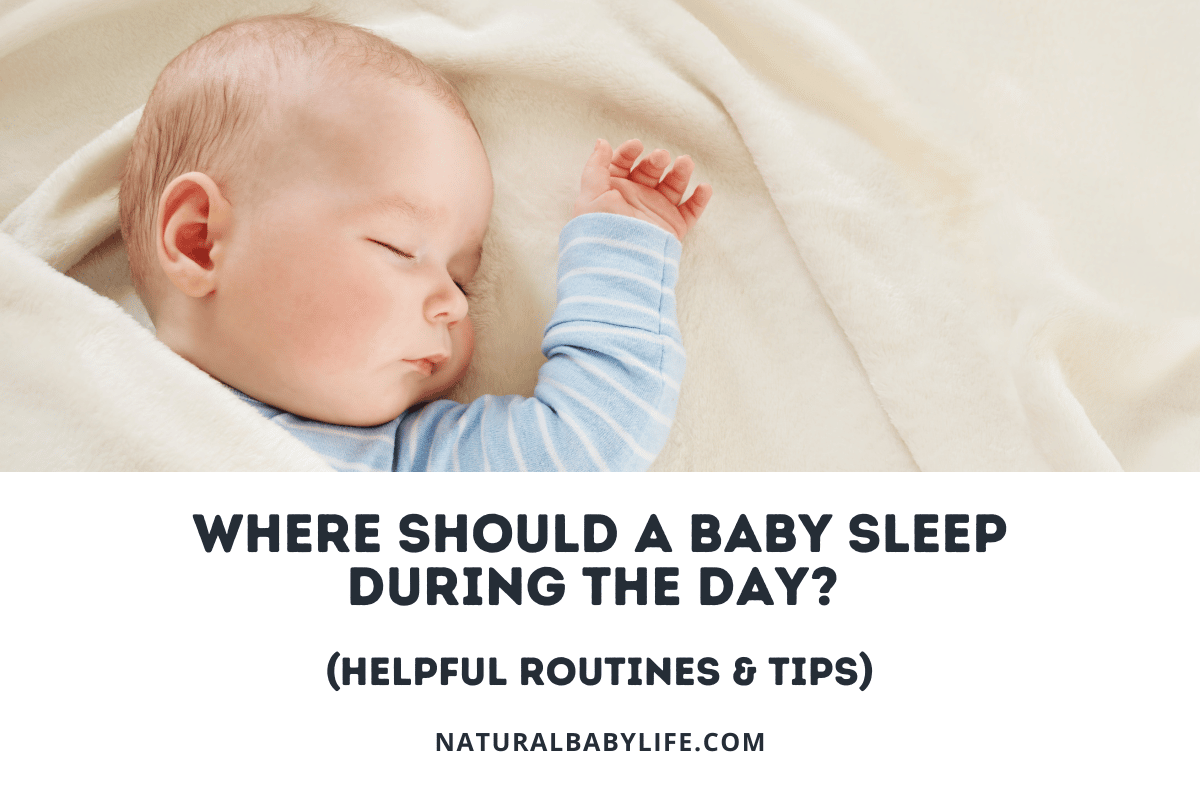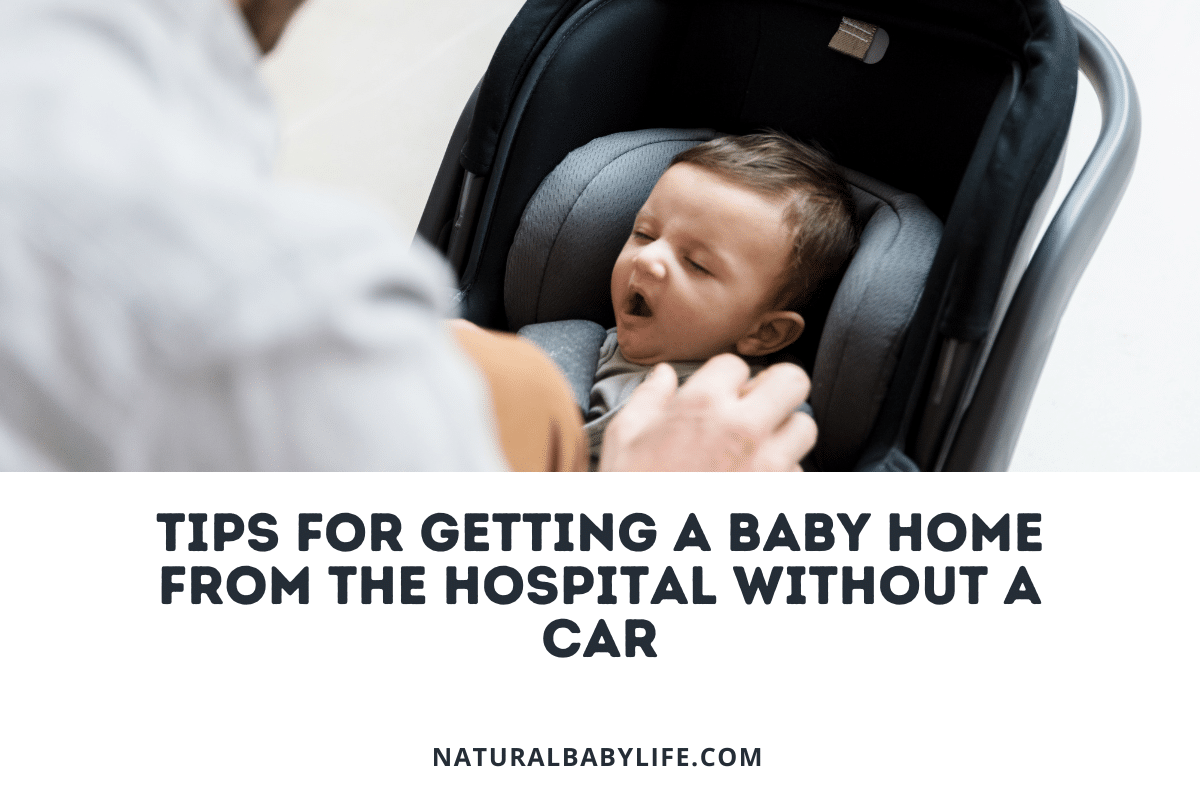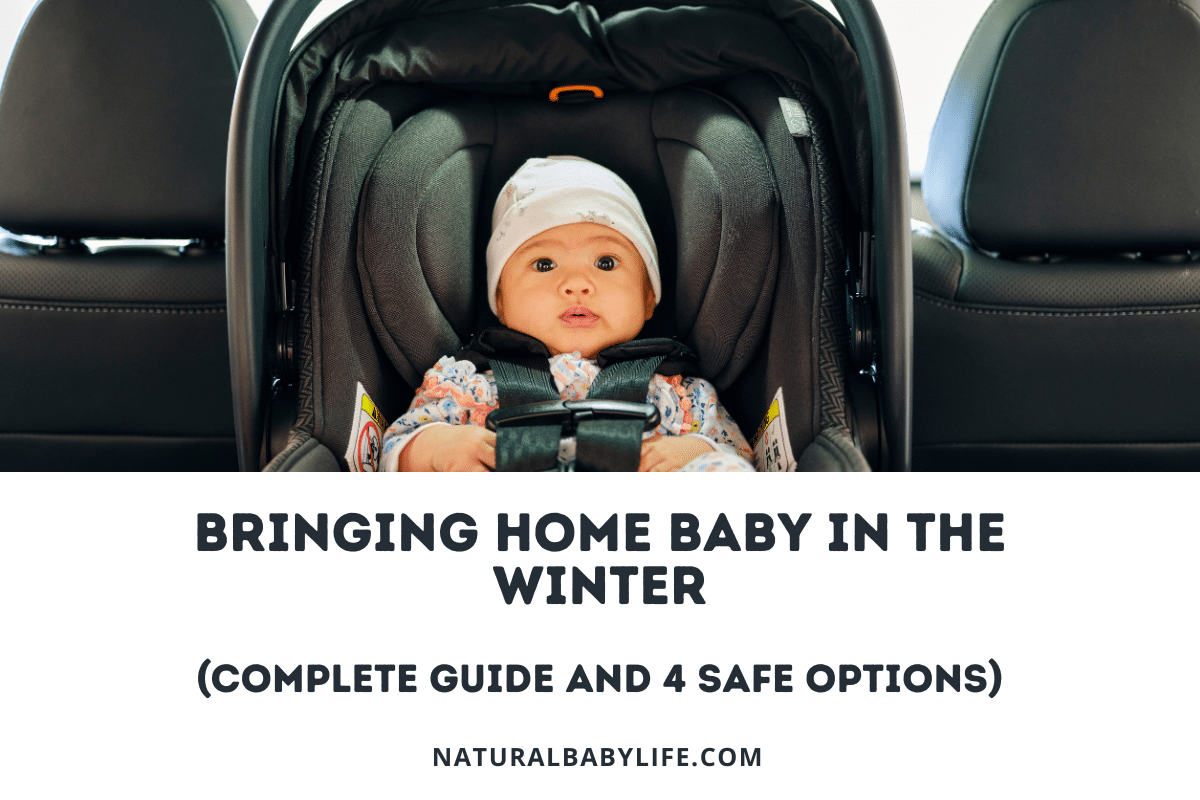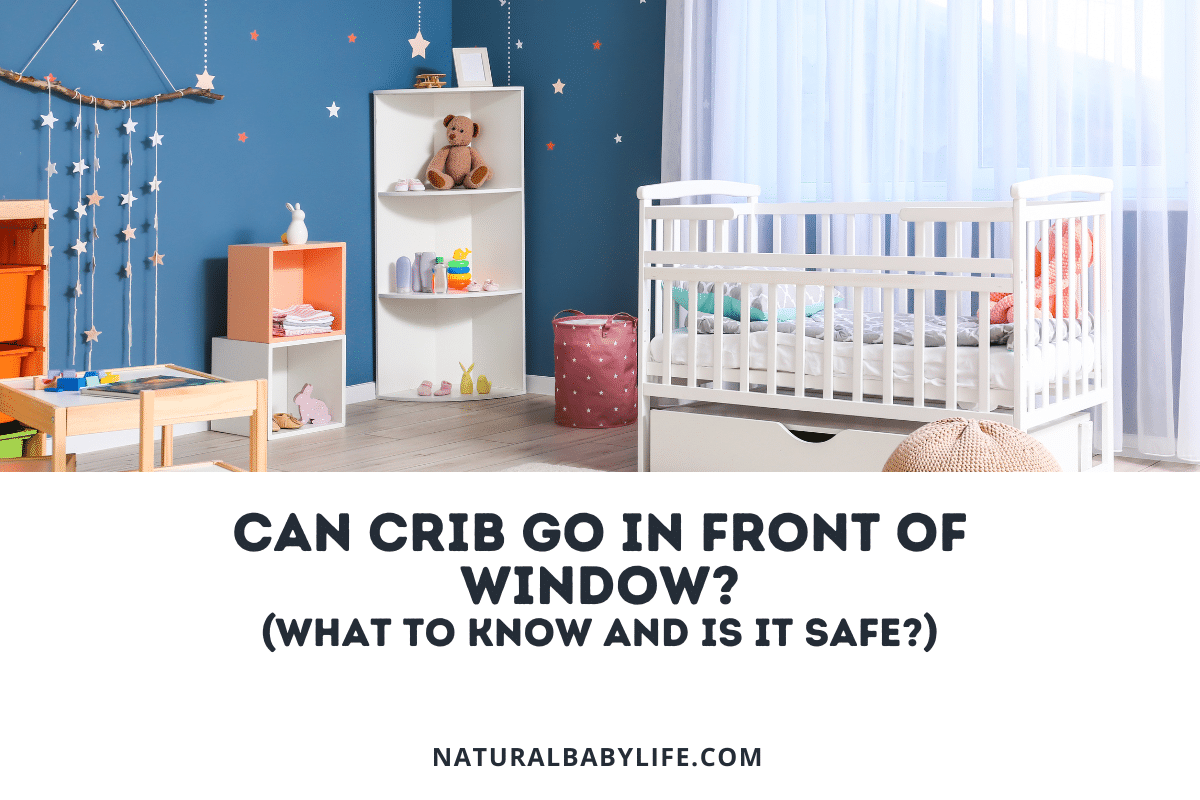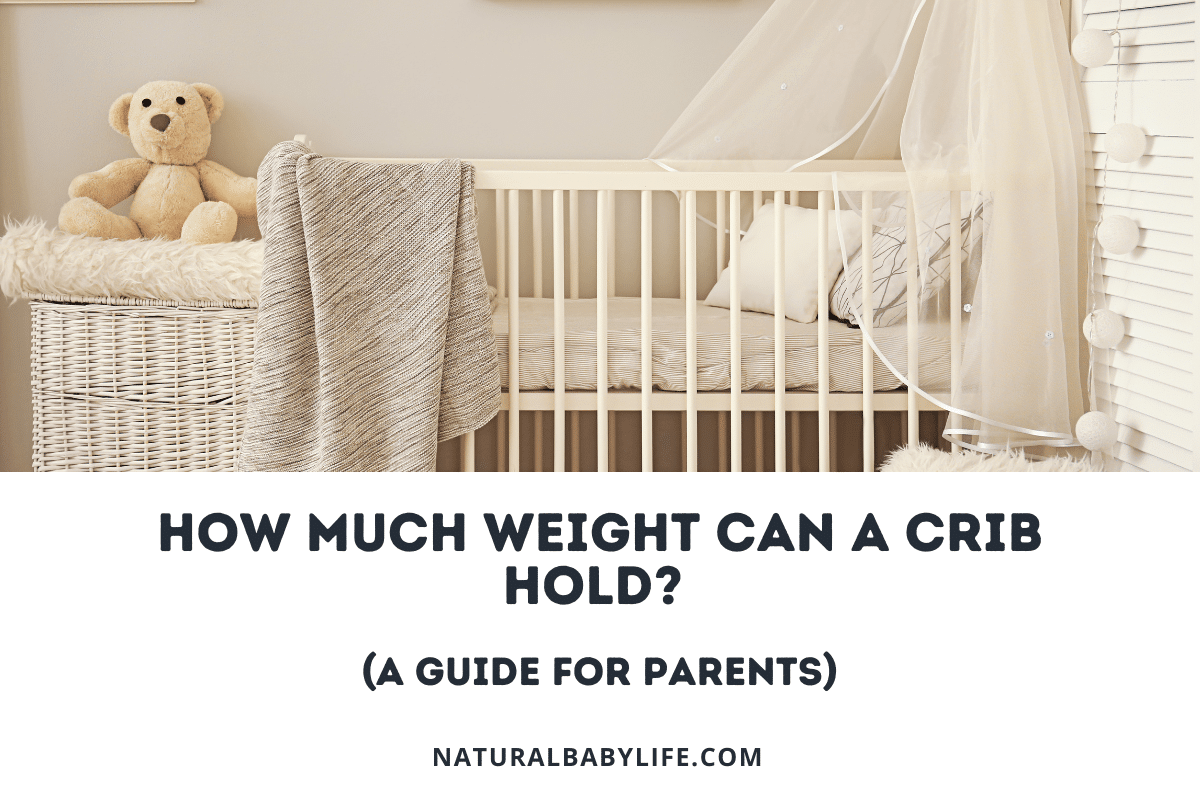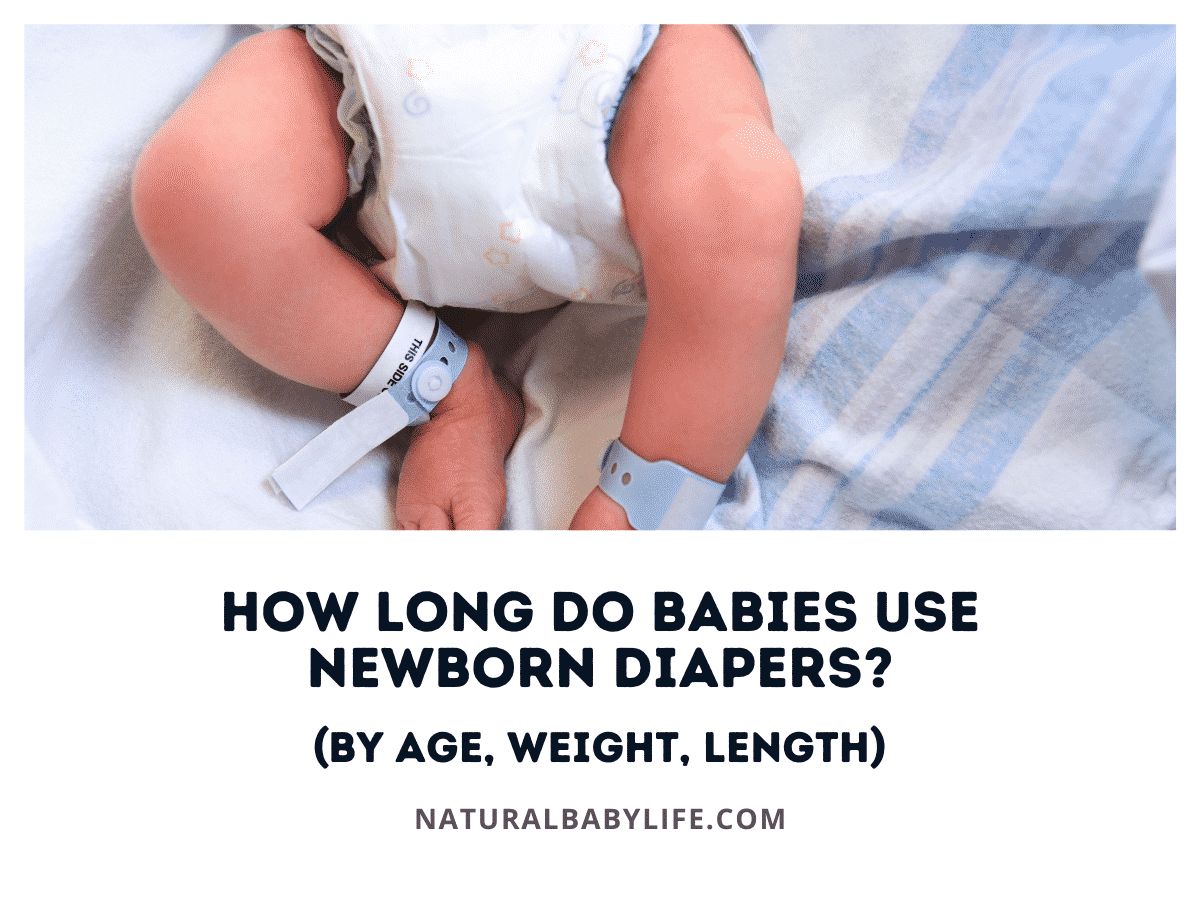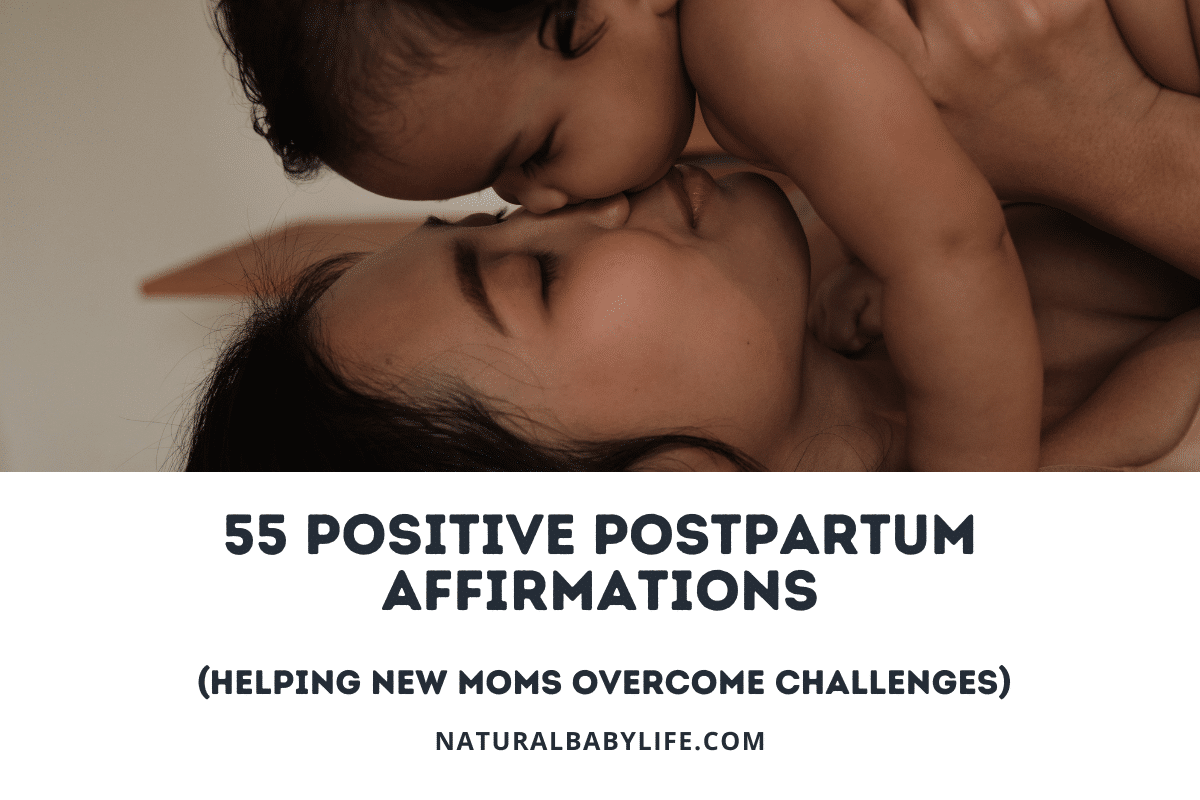Navigating the world of newborn and infant sleep is one of the biggest challenges for parents. We’re faced with both the challenges of getting a baby to sleep as well as making sure the sleep is safe, whether it happens during the day or night.
Babies should sleep during the day in the same types of spaces they do at night —cribs, bassinets, and other safe sleep spaces like play yards and pack and plays as approved by the Consumer Product Safety Commission.
Read on to learn the ins and outs of naps for your baby, including how often they should sleep, encouraging sleep, and different locations for naps.
Table of Contents
How often should babies be sleeping during the day?
As your baby grows from newborn to toddler, you’ll notice that they sleep less as they get older. While we can hope our babies sleep the recommended average, few parents will find their child’s sleep is always linear.
Like adults, babies can experience a variety of sleep troubles that cause them to deviate from the average. And, of course, as they experience growth spurts and developmental changes, they often break that pattern to sleep more or less than usual to support their growth and development.
Newborns
Newborns need at least 16 hours of sleep per 24-hour period, but they might sleep as much as 23 hours per day. Your newborn will get at least half of their sleep during the day through naps.
Newborn sleep is characterized by short wake windows of only a few minutes at a time throughout the day. With time, a newborn’s wake window lengthens and starts to form a pattern. They often experience their short periods of wakefulness before or after eating.
Infants
Infants — babies from two months to one year old — typically sleep between 14 and 16 hours per 24-hour period, with half of that being during the night and half during the day. Despite infants’ significant sleep needs, they often only sleep for an hour or two at a time.
Toddlers
Your infant becomes your toddler when they cross the one-year mark. Along with major developmental changes like walking, eating solids, and increasing independence, you’ll see some big changes in sleep habits. Toddlers need between 11 and 14 hours of sleep per day, with most of that being at night. Depending on the child, they may take one or two naps during the day for an hour or two each.
Do babies need to sleep in a dark room during the day?
A baby’s sleep conditions can vary based on the parents’ preferences and the child’s sleep needs.
Just as for adults, the ideal sleep conditions for a baby will be a cool, dark room without sudden loud noises. And, like us, some babies have an easier time sleeping in non-ideal conditions than others.
Many parents worry that they need to make sleep conditions distinctly different during the day and night to help their baby develop a circadian rhythm. The circadian rhythm actually forms as their brain starts producing melatonin in the day-night rhythm that adults experience, and it can take babies several weeks to a few months to ease into the rhythm.
To encourage the development of that rhythm, you can ensure their wake periods take place in bright light and avoid even dim light in the room during nighttime sleep.
When should you stop holding the baby for naps?
Like many parenting decisions, when you stop holding your baby for naps depends on you and your family. You’ll find pros and cons no matter what you decide, so it’s about striking the best balance for your household.
First, as long as the adult stays awake, there’s no danger or inherent harm in holding a napping baby. Instead, the opposite is true. Decades of research confirm the benefits of kangaroo care, which is holding a baby skin-to-skin with the parent. More recent studies found that babies also benefit from holding and touching, even if it doesn’t include bare skin contact.
As your baby ages, its risk of SIDS decreases. So while there’s not a medical concern regarding holding them during naps as they get older, babies can develop preferences or associate your arms—not the crib —with sleep.
Ultimately, you might decide you’re willing to accept your baby’s more restless sleeping at night for baby snuggles during the day.
Establishing good naptime routines
Just like nighttime sleep, a good naptime routine stems from a combination of consistency and flexibility.
You can signal to your child that nap time is approaching through consistent behaviors before each nap.
Nap time signals often include:
- Feeding
- Diaper change
- Swaddling
- Rocking in a cool room without direct light
Besides ensuring your baby’s comfort, the order of these events can help them predict what happens next.
Many parents add white noise to their baby’s naptime routine by using a sound machine or even a free smartphone app. The white noise mimics the sounds that babies experience in the womb of the mother’s blood pumping and the digestive system moving. It also buffers loud, unexpected sounds that might startle a baby like a doorbell or a dog bark.
For the best naps possible, a parent might need to employ some flexibility. For example, you can expect naptime to take place earlier than usual if you’re driving in a car or later if there’s unusual activity in your house.
The need for safe sleep
Much of the difficulty in choosing a nap location comes from the discussion of safe sleep. Many nap guidelines stem from a desire to prevent Sudden Infant Death Syndrom (SIDS). SIDS encompasses babies that die in their sleep from unknown causes as well as those that die from choking or strangulation while asleep.
While the majority of SIDS deaths occur during the nighttime sleep period, they can also happen during the day and during nap periods. SIDS can actually happen very quickly — one study on SIDS in newborns found that in 38 percent of SIDS deaths that happened during the day, parents had observed the baby alive within just 30 minutes.
In addition to location, SIDS prevention guidelines also address many sleep qualities, including:
- Room temperature
- Being near the baby while they sleep but not in the same bed
- Second-hand smoke
- Putting the baby on their back
- Using a pacifier
The best places for baby to nap during the day
Parents have the same options for daytime naps as for nighttime sleep. As you’re considering nap options, keep in mind that the American Academy of Pediatrics (AAP) safe sleep rules apply to naps as well as overnight sleep. The AAP recommends that sleeping surfaces should be firm and flat with inclines of less than 10 degrees.
Options that meet the criteria include
- A crib or bassinet
- Pack and plays, play yards, and portable cribs
- The floor
Crib or bassinet
Cribs and bassinets are the bread and butter of baby sleep locations. When using a crib or bassinet, ensure the mattress fits properly. Gaps between the mattress and the walls of the bed create dangerous areas for babies to become trapped and unable to breathe.
Use only a fitted sheet in a crib or bassinet with no additional blankets, pillows, toys, or bumpers. Be sure that your product isn’t recalled and is in good working condition before using it.
Cribs and bassinets should meet the Consumer Product Safety Commission’s (CPSC) standards and guidelines for cribs and bassinets.
The standards include requirements that:
- the product can hold the weight of a baby,
- is stable, has adequate sides to prevent falls, and
- includes a rigid sleep surface.
Alternative sleep surfaces like pack and plays, play yards, and portable cribs
Many companies make products marketed toward baby sleep that are not cribs or bassinets. They include pack and plays, play yards, portable cribs, travel bassinets, pop-up bassinets, and bassinets for strollers. These items are called alternative sleep surfaces, and to be considered safe, they should meet the CPSC’s federal safety standards for safe sleep products.
These standards require that the sleep surface incline be 10 degrees or less and that products marketed for baby sleep meet the same standards as those for cribs and bassinets.
Floor
While we often think of furniture as the best sleep space for a baby, a floor provides the key features of safe sleep: a firm, flat surface without gaps and hazards. While the floor isn’t the best long-term sleep arrangement, it provides a safe space in a pinch when your baby needs to sleep away from home or there’s not another safe space nearby.
The CPSC recommends that your baby’s sleep space be one dedicated to them, but that can still be managed on your floor.
Be sure no pets or other children have access to the area and keep your baby’s sleep space out of the line of foot traffic.
A good space would be one that is out-of-the-way, like a corner. You can also improve safety by blocking the space with a chair or other item to prevent someone from accidentally stepping on them.
Other options for baby to nap during the day
As a matter of practicality, babies often sleep away from home and away from their crib or bassinet — sometimes in very inconvenient locations.
Official safety guidelines from the AAP recommend that if your baby falls asleep in a swing, stroller, car seat, ring sling, or baby carrier you immediately move them to a firm, flat surface like a crib or bassinet for sleep.
In your arms or on your chest
Holding your baby while they nap isn’t inherently unsafe. When you remain awake, your arms and chest can be safe sleeping spaces for a baby. You’ll need to ensure their airway remains clear by keeping the baby’s chin off their chest and blankets or clothes away from their nose.
Of course, all the risks of co-sleeping and bed-sharing arise if you fall asleep while holding the baby or lose your alertness. Drinking, drugs, and smoking all increase the risk of a sleep space becoming unsafe.

